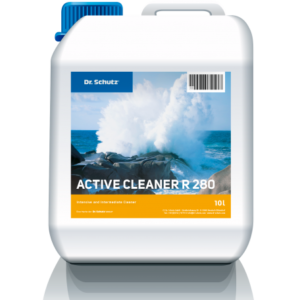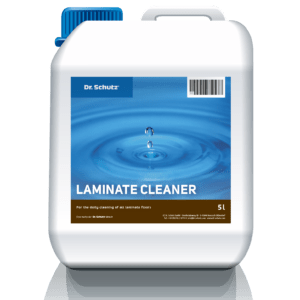A basic cleaner for flexible floors, removing previously laid protective coatings.
It cleans carpets very well from intense dirt and grease.
The product is intended for PVC, linoleum, rubber, polyurethane, ceramic tiles, epoxies, polyurethanes.
The cleaning primer should always be used before applying a new protective coating.
Properties:
- pH = 10.0
- efficiency of 1 liter = 10-30 m2
Use:
- Object floor coverings (e.g. hospitals, offices, schools, offices, etc.)
- Home floor coverings
- Carpets for HoReCa objects
| Weight | N/A |
|---|---|
| Dimensions | N/A |
| Capacity | 0,75 L, 10 L |
Add a review
You must be logged in to post a review
Log In








Reviews
There are no reviews yet